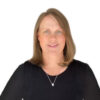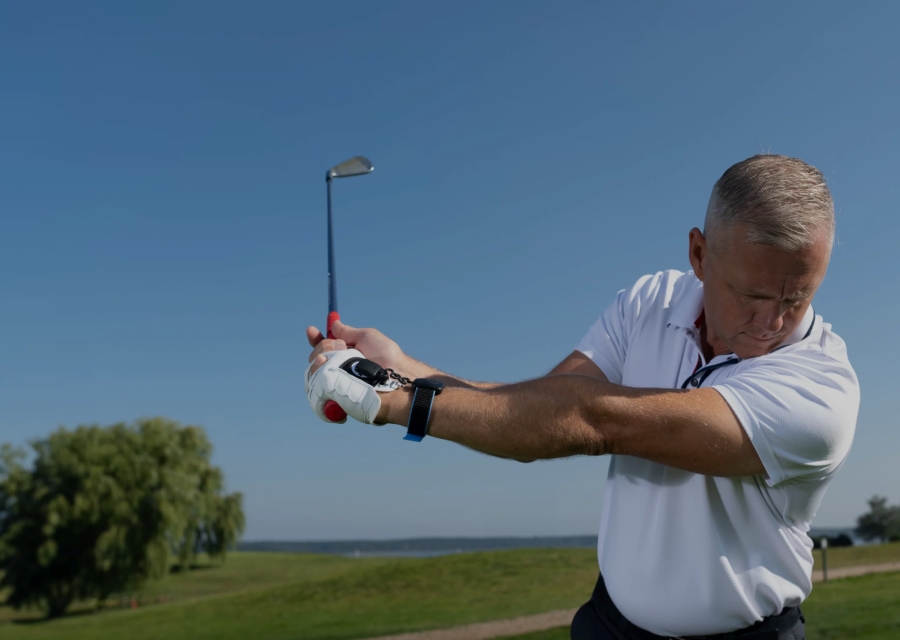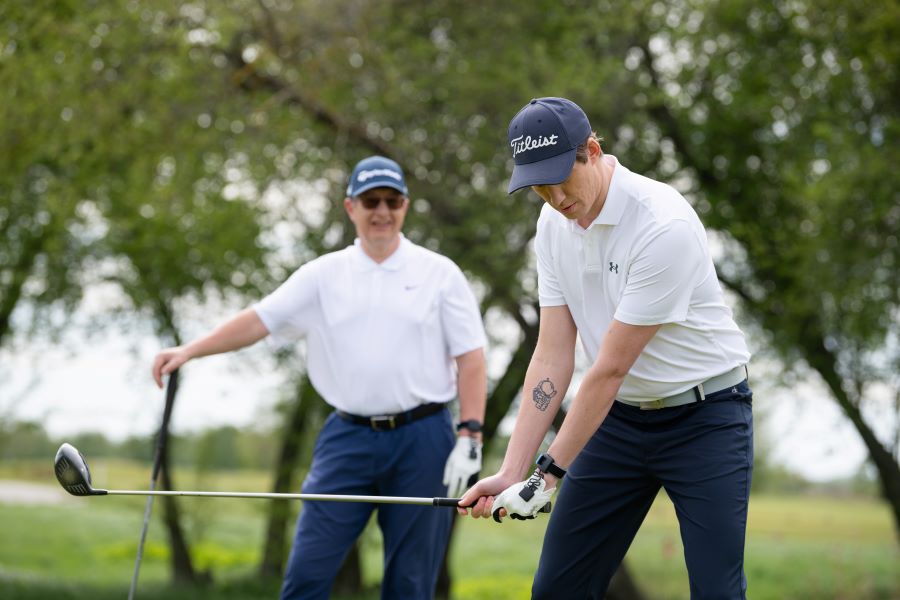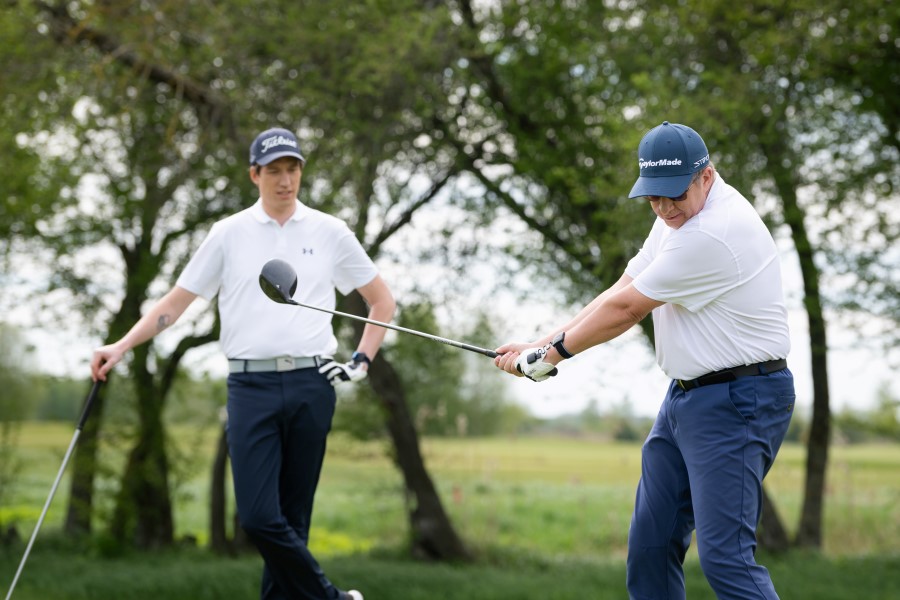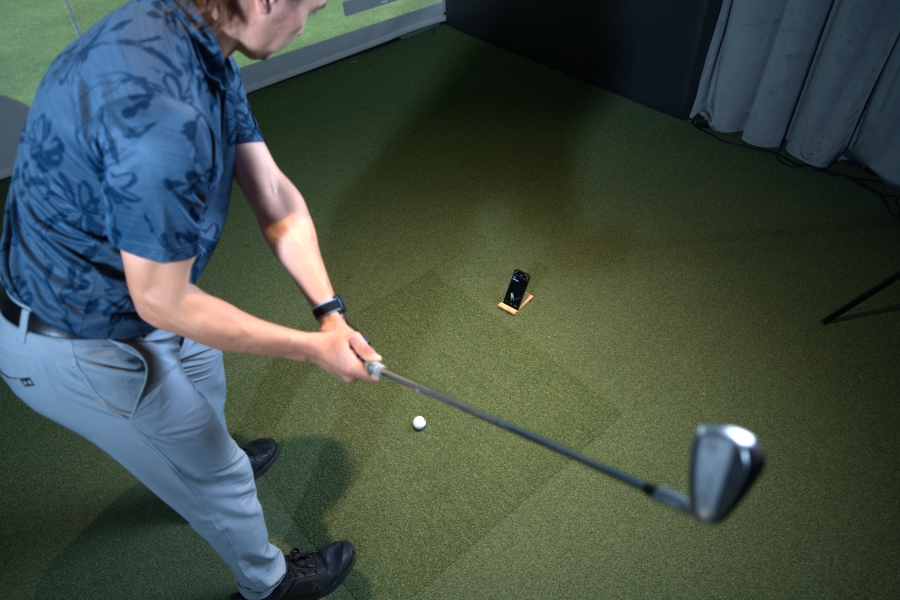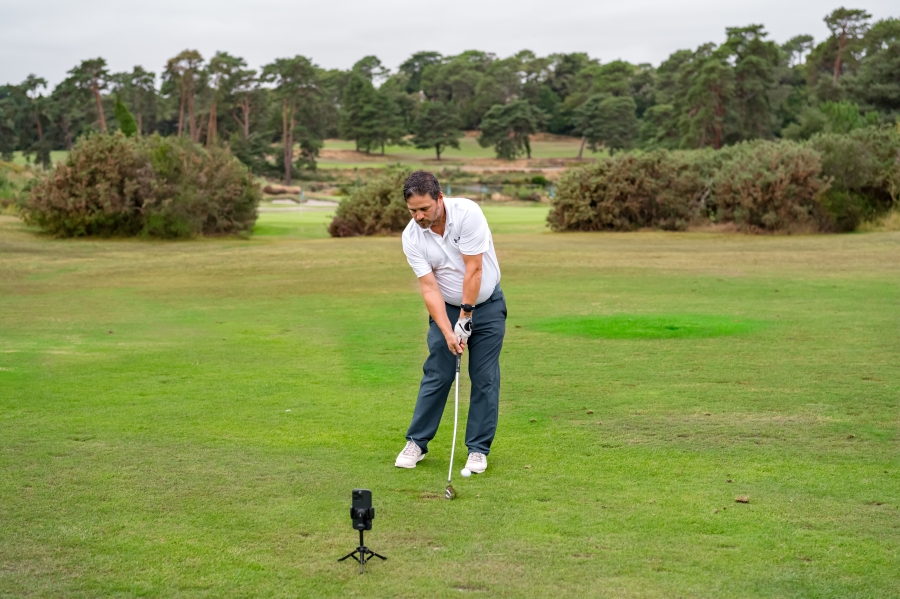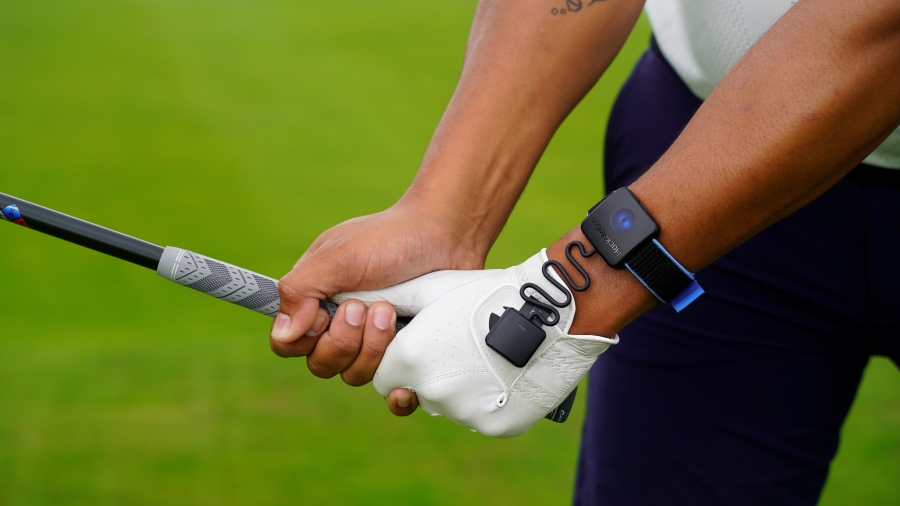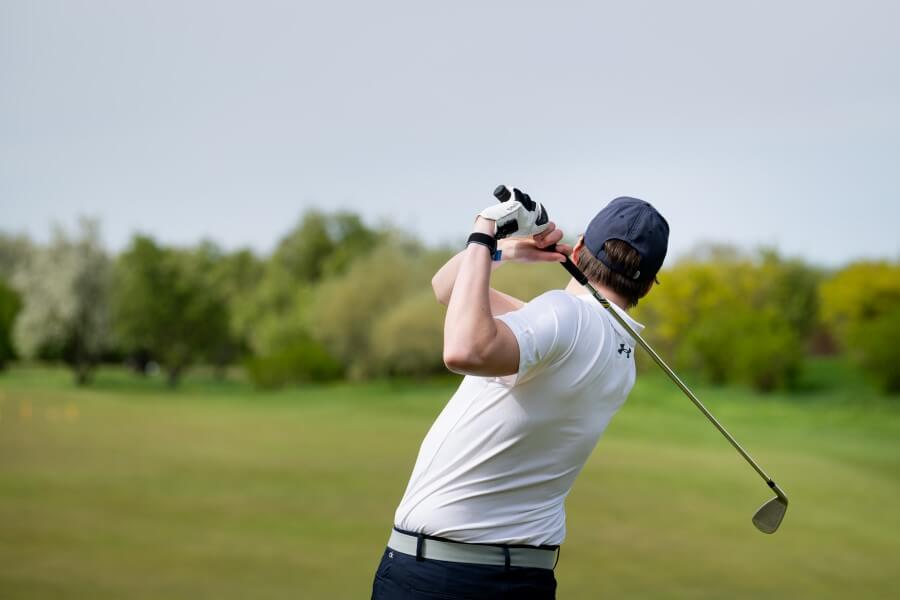How to Shorten Your Backswing in Golf (Without Destroying Your Game)
When your golf game starts to feel off, one of the best places to reset is the chipping green. It brings the swing back to its core, impact, and helps rebuild consistent ball striking from the ground up.
Let’s face it: in golf, smaller motions are easier to repeat.
That leads to an important concept, shortening the backswing. For many players, the idea of taking the club back less can feel risky, especially with fears about losing distance.
But a shorter backswing doesn’t have to mean sacrificing yardage.
With the right adjustments, it’s possible to shorten the swing, maintain tempo and control, and in some cases, even pick up a few extra yards.
How to Shorten Your Backswing (Key Takeaways)
If you don’t have time to go through our complete guide on how to shorten your backswing in golf, here are a few of the most important takeaways.
- A shorter backswing does not mean less power.
- Golfers with restricted mobility can learn to generate power and accuracy with a shorter backswing.
- The more moving parts in a golf swing, the more that can go wrong.
- Proper wrist action and wrist hinge are essential to shorten your backswing and not lose power.
- Many golfers have an easier time compressing the golf ball and incorporating their core and lower body when they keep the backswing shorter.
Contents
What Does Shortening Your Backswing Mean?
In a traditional full swing, the club reaches a position where it’s parallel to the ground at the top of the backswing. That’s generally considered “complete.”
A shortened backswing, on the other hand, stops before the club reaches parallel. For players who tend to overswing, a shortened move might actually bring the club to parallel—rather than past it.
But in most cases, when golfers talk about shortening the swing, they’re referring to something closer to a three-quarter motion.
If your backswing gets long or inconsistent, check out the best golf instructors near me who use HackMotion to help golfers tighten up their swing and improve contact.
Pros and Cons of Shortening the Backswing
When you learn how to go about shortening the backswing the correct way, you’ll see that it can positively impact your game. However, there are times when you still want to take your full backswing.
Here are a few of the pros and cons to keep in mind:
Advantages
- Better Feel and Swing Awareness: With less motion behind your head, it’s easier to sense what your body, wrists, and club are doing. The shorter swing brings more control and focus.
- Less Room for Error: A longer swing opens the door to more potential mistakes. Shortening it limits bad positions and makes it easier to stay on plane.
- Easier to Make Solid Contact: A smaller swing arc improves your chances of hitting the center of the face. It’s a big win for newer players or anyone struggling with consistency.
- Can Improve Consistency: The more repeatable your swing, the more repeatable your ball flight. A shorter backswing helps eliminate wild left-right dispersion.
Disadvantages
- Can Make Players Rush: Some golfers instinctively speed up when swinging shorter. The result? Loss of rhythm. Tempo and timing still matter—don’t rush it.
- Possible Loss of Distance (Without Wrist Hinge): If you rely on a late wrist hinge, shortening your swing may cost you yards. To keep your distance, hinge the wrists earlier and create leverage sooner.
- Issues With Club Face Control: If you are currently relying on a longer backswing to give you time to square the clubface, a shorter backswing may end up hurting your game.
How to Shorten Your Backswing?
Now, how do you go about shortening your backswing the right way so that it does not destroy your golf game or make you feel uncomfortable on the golf course? I’ll give you the best method to shorten your backswing.
Start with the Combined Top Drill (HackMotion)
Before you can shorten your swing, you have to know where the top of your backswing is.
Most golfers feel like they’re making a shorter move, but they’re still getting to or past parallel.
The Combined Top Drill from HackMotion is the best way to train a shorter top position at real swing speed.
Combined Top Drill in HackMotion
This drill is a “bridge” between slow-motion top-of-swing practice and a full-speed backswing.
The goal is to move your wrist into the green zone at full swing speed. You can work on this drill in real time as it is located in the HackMotion app.
HackMotion Combined Top Drill – Step by Step
- Full-Speed Backswing: Address the ball normally with HackMotion on. Make a rapid backswing, just like a real shot, with no pausing.
- Check Wrist Angles at the Top: As soon as you reach the top, check your HackMotion screen. Did your trail wrist get into the green zone?
- Transition and Swing Through: From that checked top position, swing down naturally. The goal is to blend the correct wrist angle into your normal downswing.
- Refine: If needed, do a few “false starts”—backswing to the top, brief pause, return to address. Reduce the pause gradually until you can hit the ideal top position at full speed.
Record a Video (Is Your Swing Actually Shorter?)
This part’s simple, but important.
Once you have worked on the combined top drill and you can get to a top position with a square clubface, you can really start to shorten. Set up your phone and record a few swings from down-the-line and face-on.
Work on taking a shorter backswing but keeping that same motion as before, so you know the clubface angle is square. What you feel is shorter might still be too long.
When reviewing, look for:
- A top position that clearly stops short of parallel.
- Body rotation throughout the backswing (not just arm lift).
- Early wrist hinge as the club starts moving back.
- Smooth tempo—not rushed.
Most golfers get this wrong by trying to shorten their backswing with their arms. However, this change must come from sequencing and rotation, not a choppy arm lift.
Groove Your Downswing Timing with the Casting Drill (HackMotion)
A shorter backswing can throw off your rhythm if you rush from the top or cast the club early.
Many players have a tendency to get their arms a little too involved in the swing so right from the top, they kind of attack the ball with hands and arms.
The HackMotion Casting drill helps address this issue by synchronizing your transition and maintaining your wrists in the proper position.
HackMotion Casting Drill – Step by Step:
- Slow Rehearsals: Make a normal backswing. Start your downswing slowly by shifting your weight left and turning your hips, without pulling down with the arms.
- Maintain Trail Wrist Bend: Use HackMotion to monitor trail wrist extension. Keep it bent as the lower body starts moving, no early throw.
- Let the Arms Follow: The arms should drop naturally, with the club lagging behind your hands.
- Build Speed Gradually: Start slow and increase speed without losing the sequencing. Watch your HackMotion wrist graph—if extension straightens too early, you’re casting.
Feel-Based: Practice Shorter Swings without Tech
If you’re working without tech, the key is awareness and repetition. Take a few slow-motion practice swings first, stopping at what feels like a ¾ position. Then hit shots trying to match that feel.
Focus on a strong core and body rotation, don’t let your arms take over. A quick and clear wrist hinge that happens early in the backswing. Don’t forget to use ground forces for power; you don’t need to swing harder to swing better.
It’s also a good idea to practice your short game and learn these different positions with your wedges. It can help with distance control and consistency in the short game.
FAQs
Here are a few of the most commonly asked questions about a shorter backswing in golf.
Is a shorter golf backswing better?
A shorter backswing can be better for ball flight control and consistency in your golf game. Some players who struggle with consistency do well with a shorter backswing.
Do the Pros have a shorter golf backswing?
Some pros, like Jon Rahm, have a shorter backswing. There are successful pros with both short and long backswings; a short backswing is not a guaranteed ticket to better golf.
How short should my backswing be?
A short backswing should be about ¾ the length of a full backswing. A full backswing brings the club back to a parallel position at the top, so you will want to stay short of that when the club is in between perpendicular and parallel to the ground.
How do you generate power with a short backswing?
With a short backswing, you will use a combination of a wrist hinge and proper use of ground forces to generate power. Golfers also work on the strength and rotation of their core to gain extra distance in a short backswing.
Final Thoughts
Learning how to take a shorter backswing is not just a swing change; it can be a great way to learn to control the golf ball and hit a variety of different shots.
Take this information and your HackMotion out to the driving range to see what you can do with a shorter backswing; I think you will be surprised by the results.


